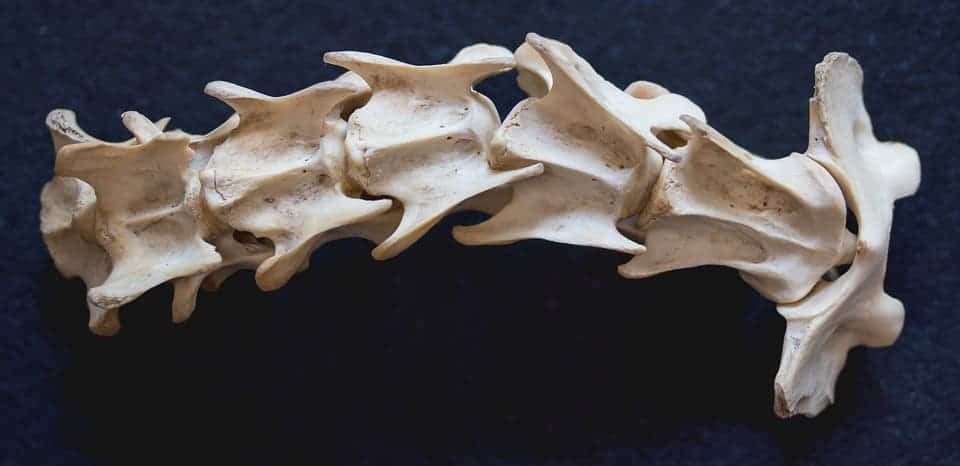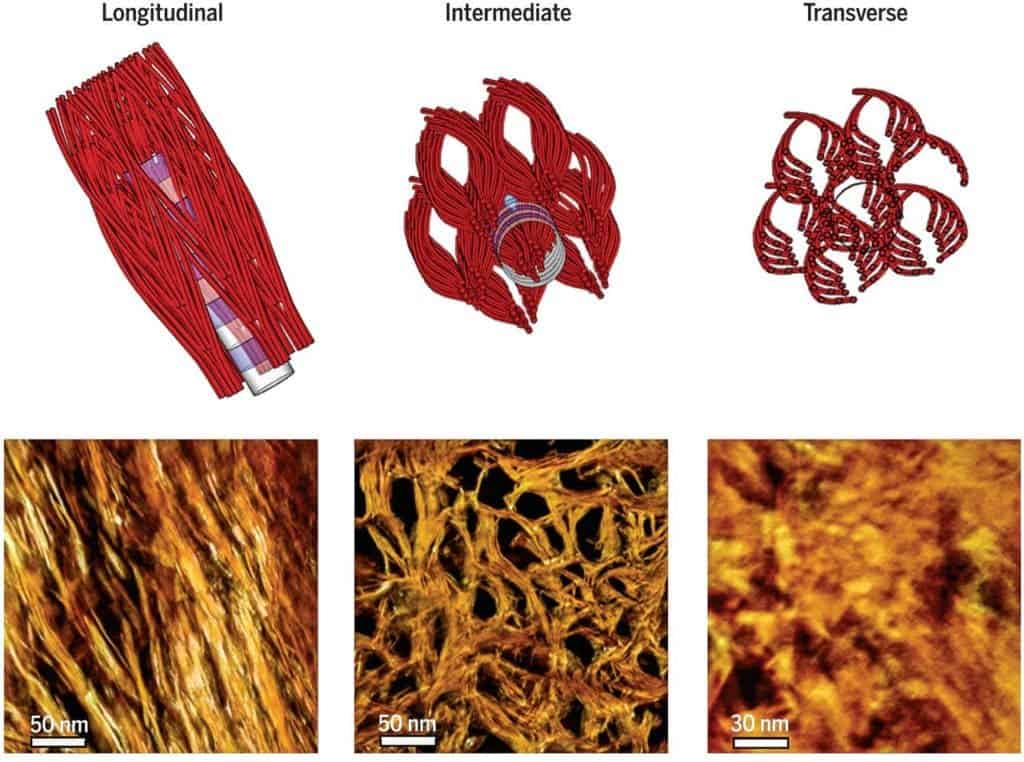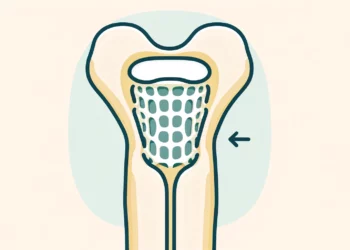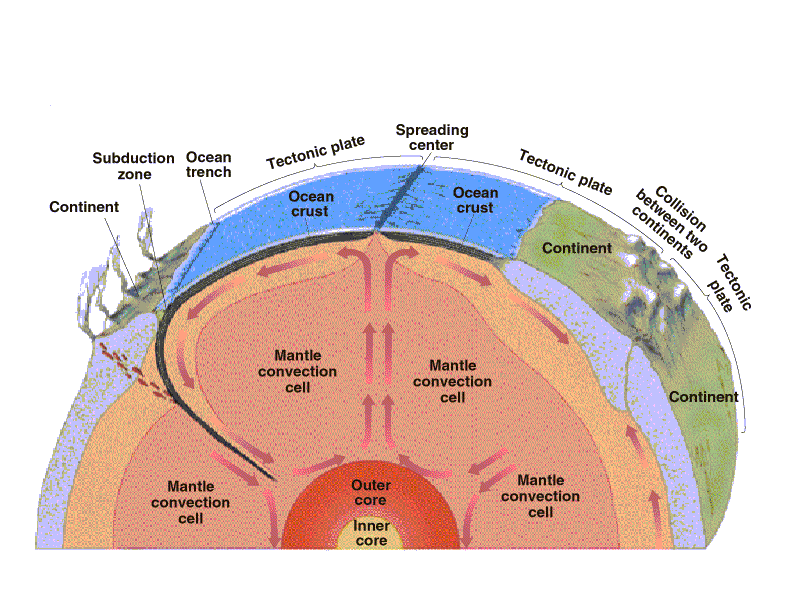Zoom in close enough and bones betray an incredible structural sophistication.

Image via Pixabay.
Researchers from the University of York and the Imperial College London have produced a 3D, nanoscale reconstruction of bone’s mineral structure. Their work reveals a surprising ‘hierarchical organisation’ which underpins the material’s mechanical versatility.
Bred in the bones
Bone is a surprisingly versatile material. Different varieties of bone can be both strong and flexible, maintaining the lithe form of cheetas, the impressive bulk of elephants, or the lightweight frames of birds alike.
These enviable properties are owed to a sophisticated internal structure. However, the exact nature of this structure and of the interactions between the main components of bone — collagen protein strands and the mineral hydroxyapatite — has so far been unknown. According to new research, however, the ‘hierarchical organization’ of bone is based on small elements coming together to form larger and larger structures.
Their results have shown that individual mineral crystals inside bone tissue come together into larger, more complex structures — ones that come together into even more complex levels of organization, the team reports.
For the findings, the team used advanced 3D nanoscale imaging of the mineral component of human bone. They used a combination of electron microscopy-based techniques to reveal its main mineral building blocks. These nanometer-sized crystals of apatite take on a curved, needle-like shape and merge together into larger, twisted platelets that resemble the shape of propeller blades.
These blades, in turn, merge together and split apart throughout the protein phase of the bone. This overarching weaving pattern of mineral and protein is what provides the material’s strength and flexibility.
“Bone is an intriguing composite of essentially two materials, the flexible protein collagen and the hard mineral called apatite,” Lead author, Associate Professor Roland Kröger, says Associate Professor the University of York’s Department of Physics, lead author of the paper.
“The combination of the two materials in a hierarchical manner provides bone with mechanical properties that are superior to those of its individual components alone and we find that there are 12 levels of hierarchy in bone.”
The paper describes the structure as “fractal-like”, containing 12 different levels of complexity. The needle-like crystals merge into the propeller-like platelets in a roughly parallel arrangement with gaps of roughly 2 nanometers between them. These stacks of platelets, along with some single platelets and acicular crystals, come together into larger “polycrystalline aggregates”. These latter ones are larger laterally than the collagen fibers, and can even span several adjacent fibers — providing a continuous, cross-fiber mineral structure that lends resilience to the bone.

Patterns specified by the model at the top alongside the mineral organization in different directions (bottom).
Image credits N. Reznikov et al., 2018, Science.
These nanostructures woven into the bone also show a slight curvature, twisting the overall geometry, the team further reports. For example, the individual crystals are curved, the protein (collagen) strands are braided together, mineralized collagen fibrils twist, and the bone themselves have a twist (such as a curvature of a rib).
The team concludes that this fractal-like structure they discovered embedded in our bones is one of the cornerstones of their remarkable physical properties.
The paper “Fractal-like hierarchical organization of bone begins at the nanoscale” has been published in the journal Science.






